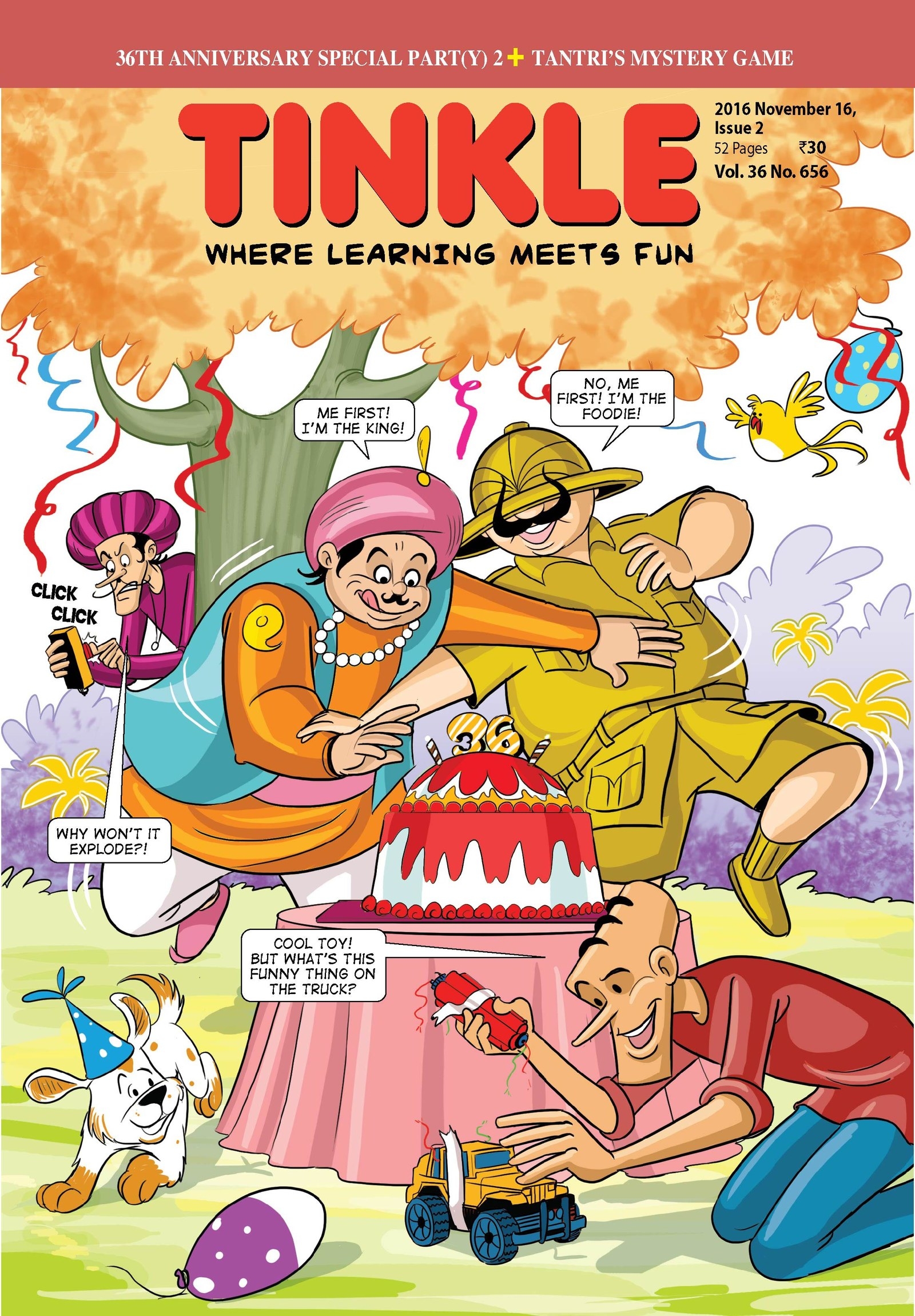

We think of the Nazis in World War II who justified torture and mutilation of live bodies for "scientific" purposes. Throughout the years, those cultures which have "seen the light" have been horrified by the desecration of bodies committed by barbarians of other cultures. Torture, and the mutilation of bodies dead and alive, was, and is, more problematic, if only because it is odious to civilized society. A scalp was a trophy of war, just as it became for the whites. But scalping was an institution among the Plains tribes.

Some of the white men were balding and weren't worth scalping. White men's hair was taken but was less desirable because it was usually short. Often the hair decorated a lodge or was sewn onto a war shirt. These scalps were passed around, talked about, laughed at, sometimes thrown into the fire or given to the dogs in disdain. Nothing delighted a waiting camp more than to see scalps on the lances of returning warriors. It was important to lift the enemy's hair, both as a warning to the enemy and as a morale-booster to the scalper, his party, and other tribesmen. Of course, warfare was more serious than that. The Blackfeet got off with the horses, and the drenched sentry had to explain to his chiefs what happened. This feat was talked about in the Blackfeet camps for years to come. The warrior pissed on the sentry from the ledge, then stole off into the darkness. One of the raiders found a sentry sleeping at the base of a ledge near the edge of camp. A Blackfeet account tells of a party of horse raiders who stole into an enemy camp one night and made off with some buffalo runners. In most instances, it was better to humiliate the enemy than to kill him. Indians were not out to annihilate each other, but to exact revenge or cover themselves with war honors.

Most tribal battles involved a lot of skirmishing, a lot of coup counting, with very few casualties. The Crows and Snakes presented a united front, when possible. The Arikaras, Hidatsas, and Mandans formed an alliance. The Sioux and Cheyennes and Arapahos were such an alliance.

Sometimes alliances were formed to present a more powerful force. Always, they sought to kill each other, to count coup, to humiliate, to steal women and horses, to avenge the death of warriors who had been killed in a previous battle. The Blackfeet hated the Crows and Snakes and Assiniboins. The Sioux hated the Crows and Shoshones, or Snakes. Usually the battles were centered on revenge, a kind of nonstop revenge, war parties going back and forth between tribes. Tribal warfare was traditional and continual. Scalping, Torture, and Mutilation by Indiansįrom Killing Custer by James Welch, pgs. Blue Corn Comics - Scalping, Torture, and Mutilation by Indians Home |


 0 kommentar(er)
0 kommentar(er)
